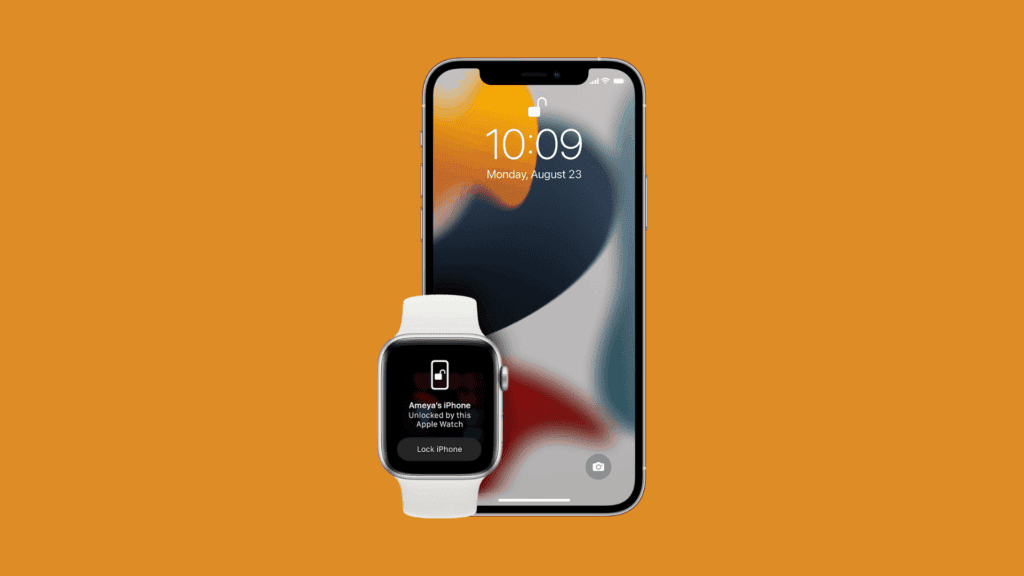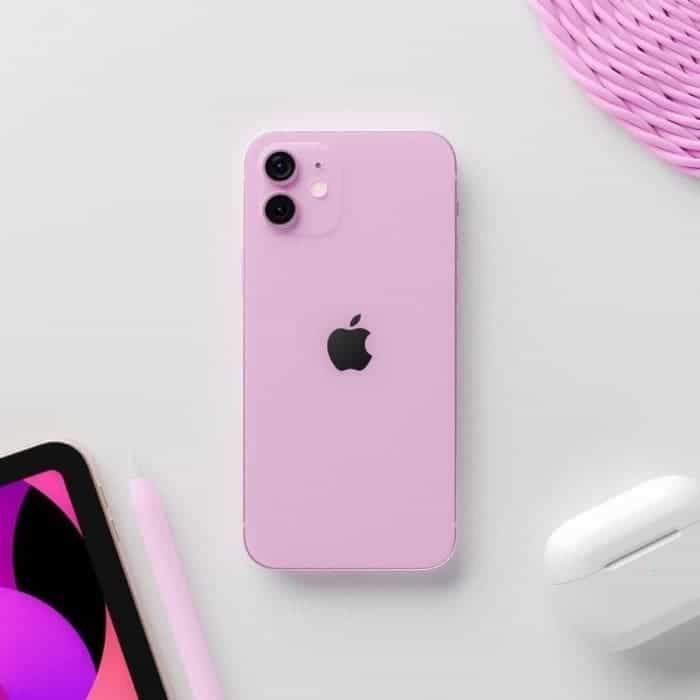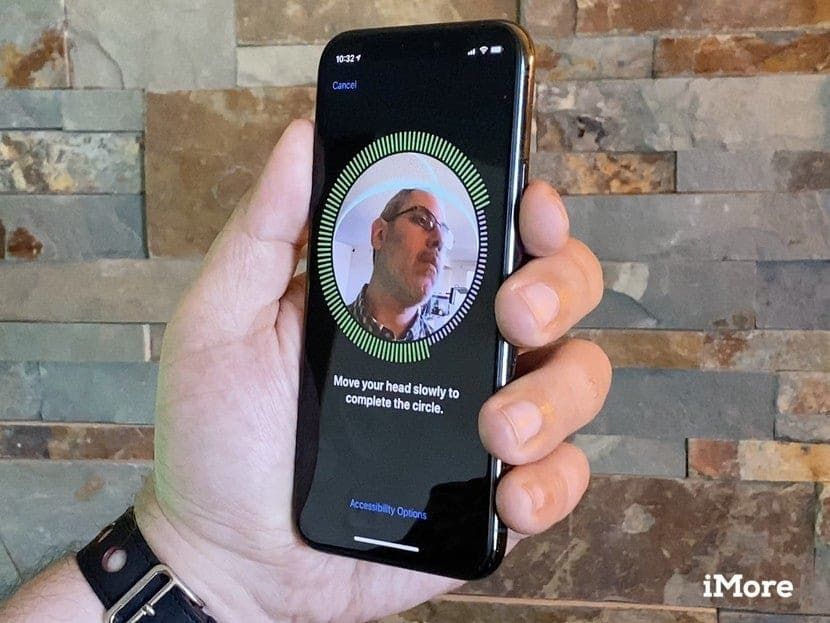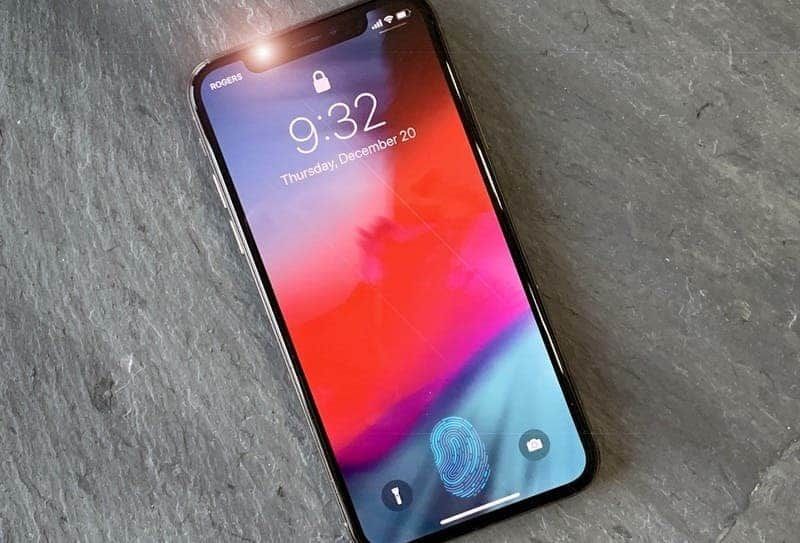Before 2016, Apple iPhones use the regular long bar on the top of the device to host the front camera and other sensors. However, since the iPhone X, the company adopted a notch design. Over the past four years (iPhone X to iPhone 13), Apple has been consistent with the notch design. It's absolutely difficult to imagine that after four years, Apple still uses the notch design. Over the past five years, there has been rapid development in the display department. Many manufacturers have moved from the notch design to waterdrop to punch-hole and most recently to the under-screen camera technology. Of course, we have not mentioned some technologies like the pop-up camera, magnetic slide, and many others. All of these have one aim, to get a full-screen display.

Here are the possible reasons why Apple have not shifted from the notch design for many years
1. Full-screen iPhones
In the evolution of mobile phone screens, the wide application of full-screen technology is a major turning point. On the premise that the size of the mobile phone does not change, the full-screen can bring a higher screen-to-body ratio. This technology brings a better field of vision and richer display content. The iPhone X is Apple's first full-screen mobile phone and it won the favor of many users. Due to the change of the screen, Apple had to cancel the Touch ID and replaced it with Face ID technology based on 3D face recognition. Although it has higher security than the former, not many users appreciated the cutout at the top of the screen.

Before there is a more mature and complete unlocking solution in the market, Face ID has been used for 4 years. Due to the single-model strategy adopted by the iPhone, it must be cautious to choose the most advanced technology at the time. The company needs to ensure that user privacy remains safe and it is sticking with Face ID.
Although Face ID technology has been used for many years, it is still the most reliable unlocking solution today. This has also become the main reason why notch is used in the iPhone X to iPhone 12 series. Thus, if Apple can not change the FaceID feature, it can reduce the size of the cutout. This is what we find on the current iPhone 13 series. However, due to Face ID's high requirements for accuracy, it is very difficult to make the sensors smaller.
2. Important sensors have large size
Like we said earlier, Apple can not abandon the Face ID feature because it is the most reliable. However, this sensor has a large size and it needs to be accompanied by other sensors. For instance, the iPhone X notch comes with infrared cameras, floodlight sensors, proximity sensors, ambient light sensors, speakers, microphones, 7MP camera, and dot-matrix projectors. Among these components, infrared cameras, flood light sensing components, and dot-matrix projectors all serve the Face ID function.

This means that the front display of the iPhone must have at least four sensors which naturally makes the notch wide. Apple can not do without the Face ID feature. The only option that Apple has to eliminate the notch is to expunge the Face ID. However, this will not happen because of safety. According to Apple, the probability of Touch ID to be unlocked by others is 1 in 50,000. However, the probability of Face ID being unlocked by others is one in a million. This shows that Face ID is more advanced and safer than Touch ID.
3. No viable alternative to Face ID
At the moment, many mobile phone manufacturers are beginning to adopt a dual unlocking strategy. This strategy combines fingerprint recognition and facial recognition. This not only ensures the unlocking efficiency but also ensures the privacy of users.
Apple was aware of the advantages and disadvantages of Face ID from the beginning. The iPhone 13 series continues to use a notch design but the size is significantly smaller than the others. We can clearly see from this that Apple is very reluctant to abandon Face ID technology.
At present, the application of the under-screen camera has raised the screen to a new dimension. The iPhone has only two perfect solutions in the future strategic layout, none for the present.
The first future strategy will be for Apple to develop the Face ID technology under the screen. Judging from the current status quo, Apple will not apply immature under-screen technology in a short time. The core reason why Apple originally chose Face ID technology is to ensure the safety of users. Face ID is technically more stable relative to under-screen fingerprints and face recognition. Of course, in an uncertain environment, the possibility of choosing an under-screen Face ID is highest. However, the risk that needs to be taken is also the greatest.
The second future strategy will be for Apple to completely abandon the Face ID technology and use the existing under-screen fingerprint recognition technology. However, is Apple ready for this? We have this discussion as the fourth reason why Apple still stick to the notch design
4. Apple is not ready for an on-screen fingerprint sensor
Simply put, Apple is not entirely ready to launch the under-screen fingerprint technology in the market. Apple as we know strives for perfection. Even though the company has a patent for an under-screen fingerprint recognition technology, the company is not ready to use it.

Considering Apple's stringent hardware requirements, and the precise quality control, it is very possible to use its own under-screen fingerprint recognition technology with a waterdrop screen or a punch-hole screen. However, the question is whether the existing under-screen fingerprint technology can pass Apple's tests to ensure the privacy of users to the greatest extent. Your guess is as good as mine. Maybe it will pass for other manufacturers but certainly not for Apple.
Conclusion
There is no excuse for Apple retaining one design for four years. This simply means one thing, Apple is running out of innovative ideas. Apple is no longer an "attacker" in the industry, it is now a "defender". Presently, it keeps giving reasons why its design is stagnant and we keep trying to have reasons for its design stagnation. If the R&D strength of Apple is still top-notch, then it would have had a solution for a new design. The obscurity of the past few years may be accumulating power for the next generation of revolutionary products.






Place comments
0 Comments
You are currently seeing only the comments you are notified about, if you want to see all comments from this post, click the button below.
Show all comments